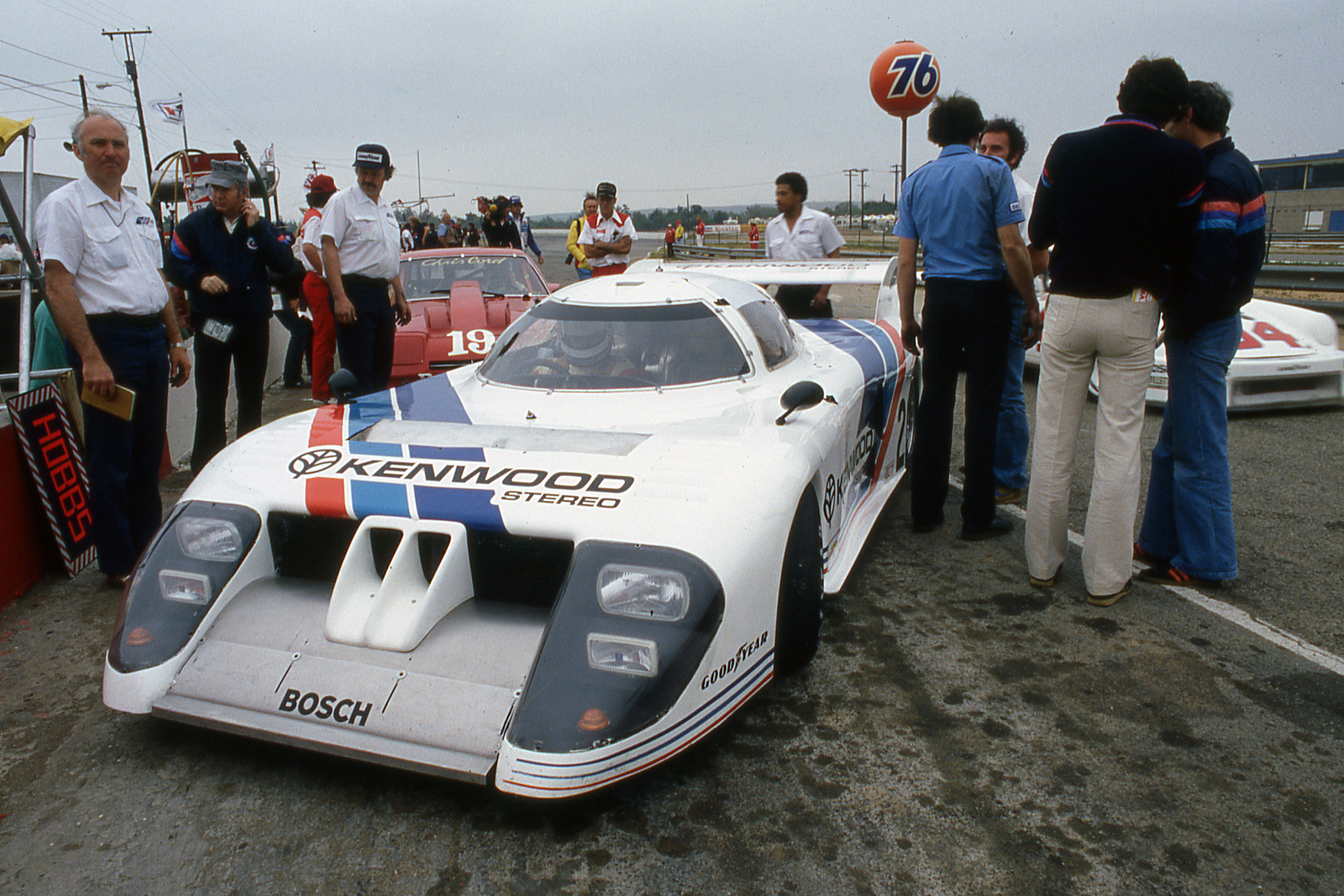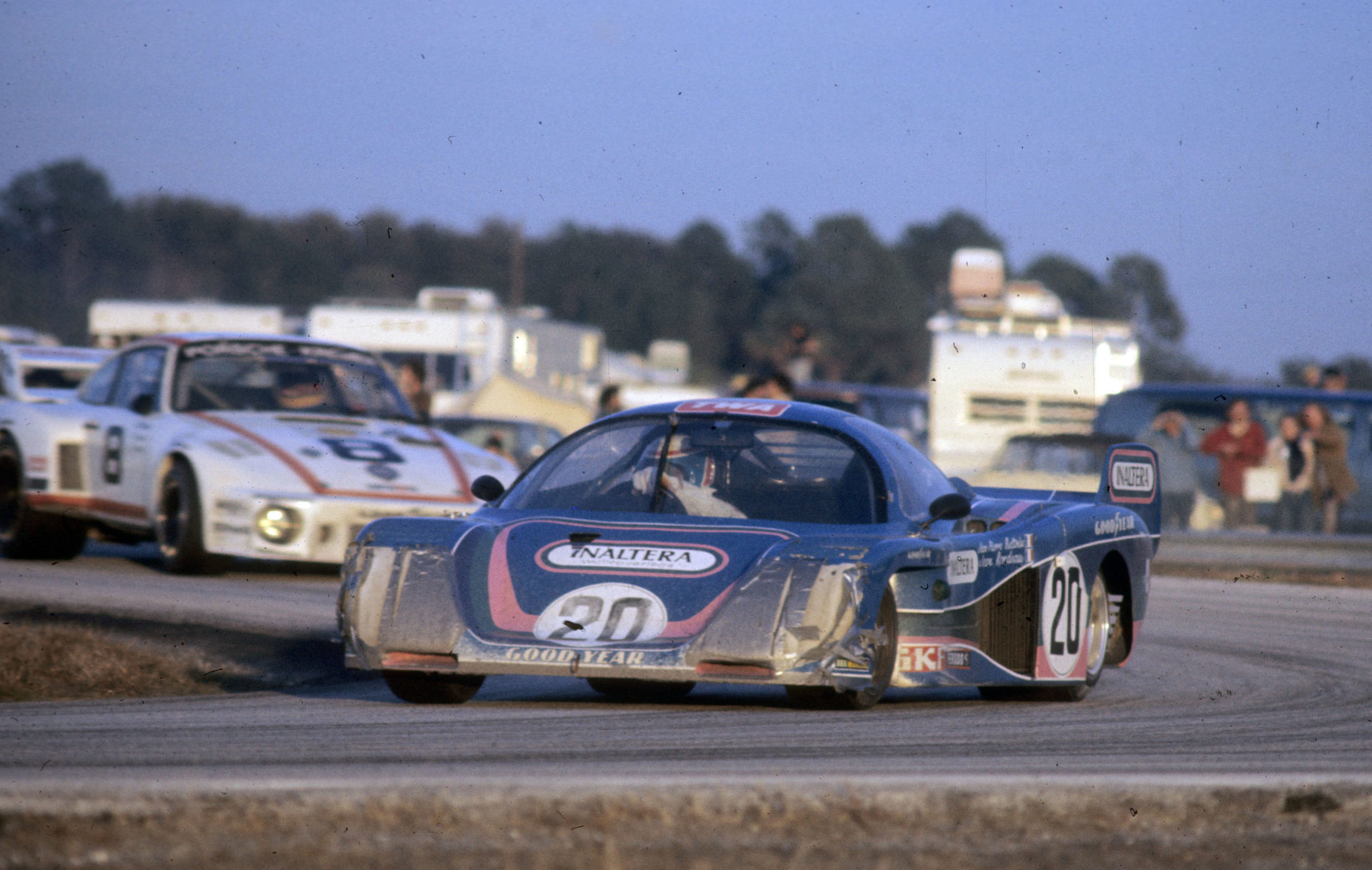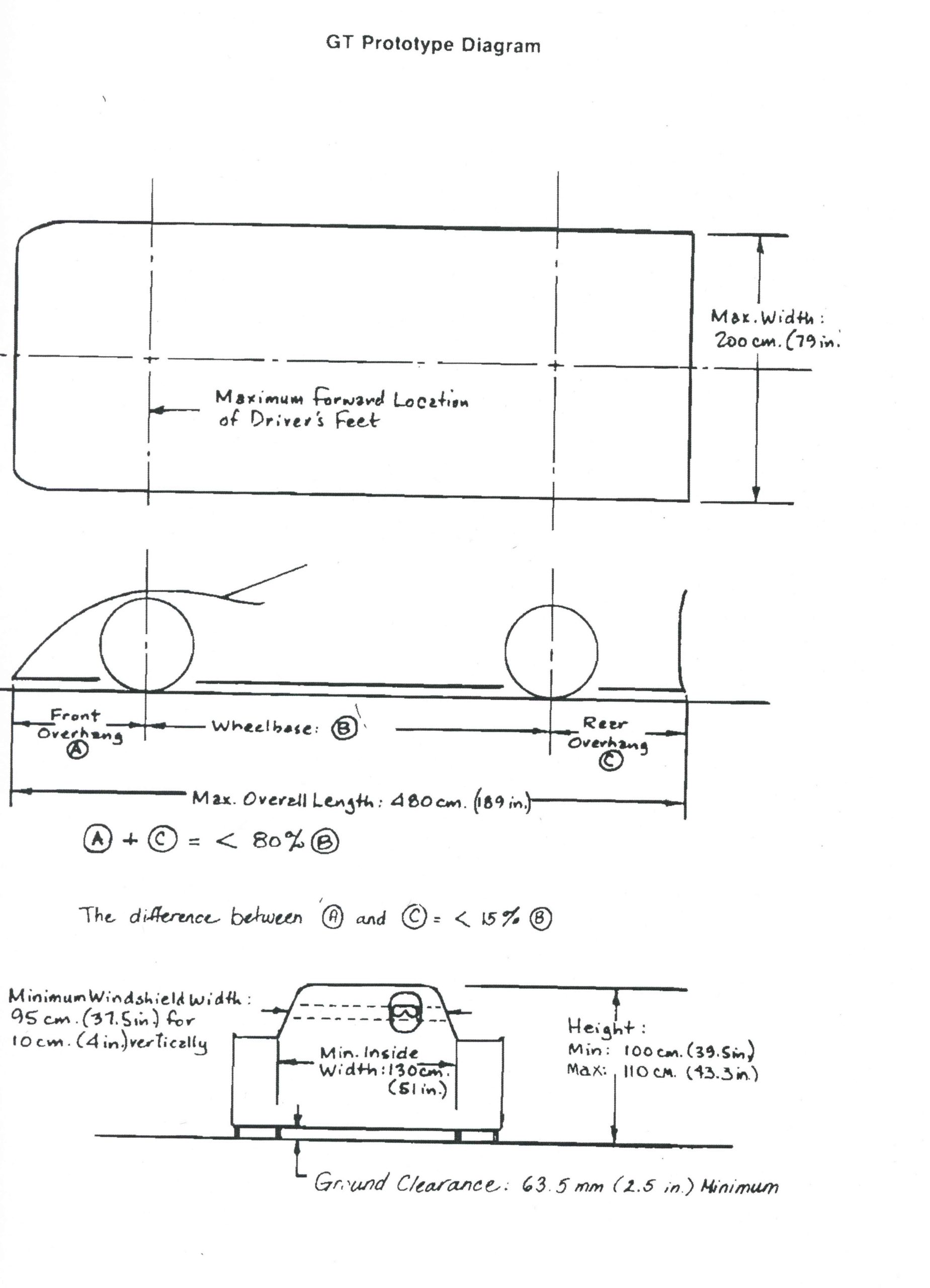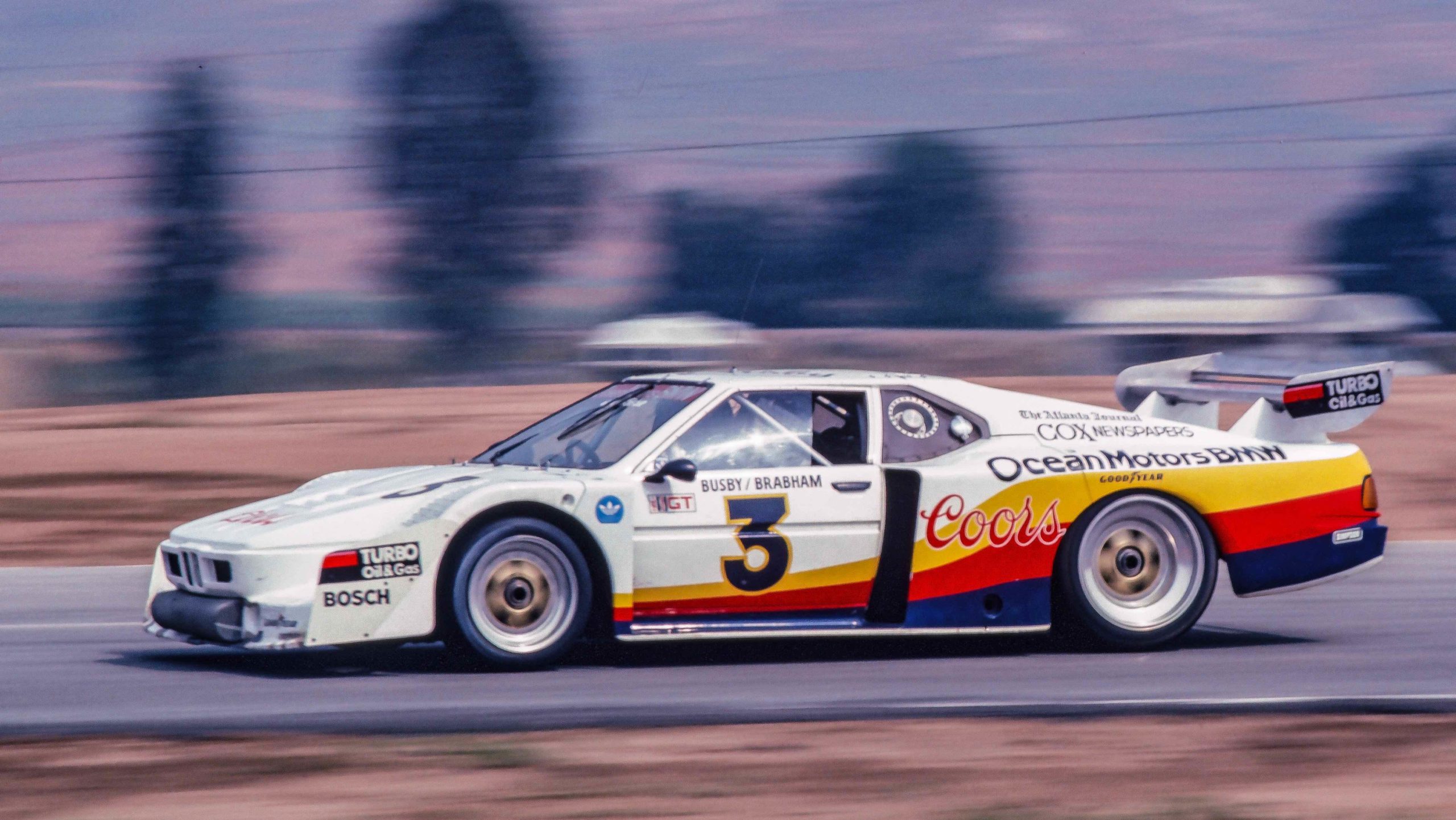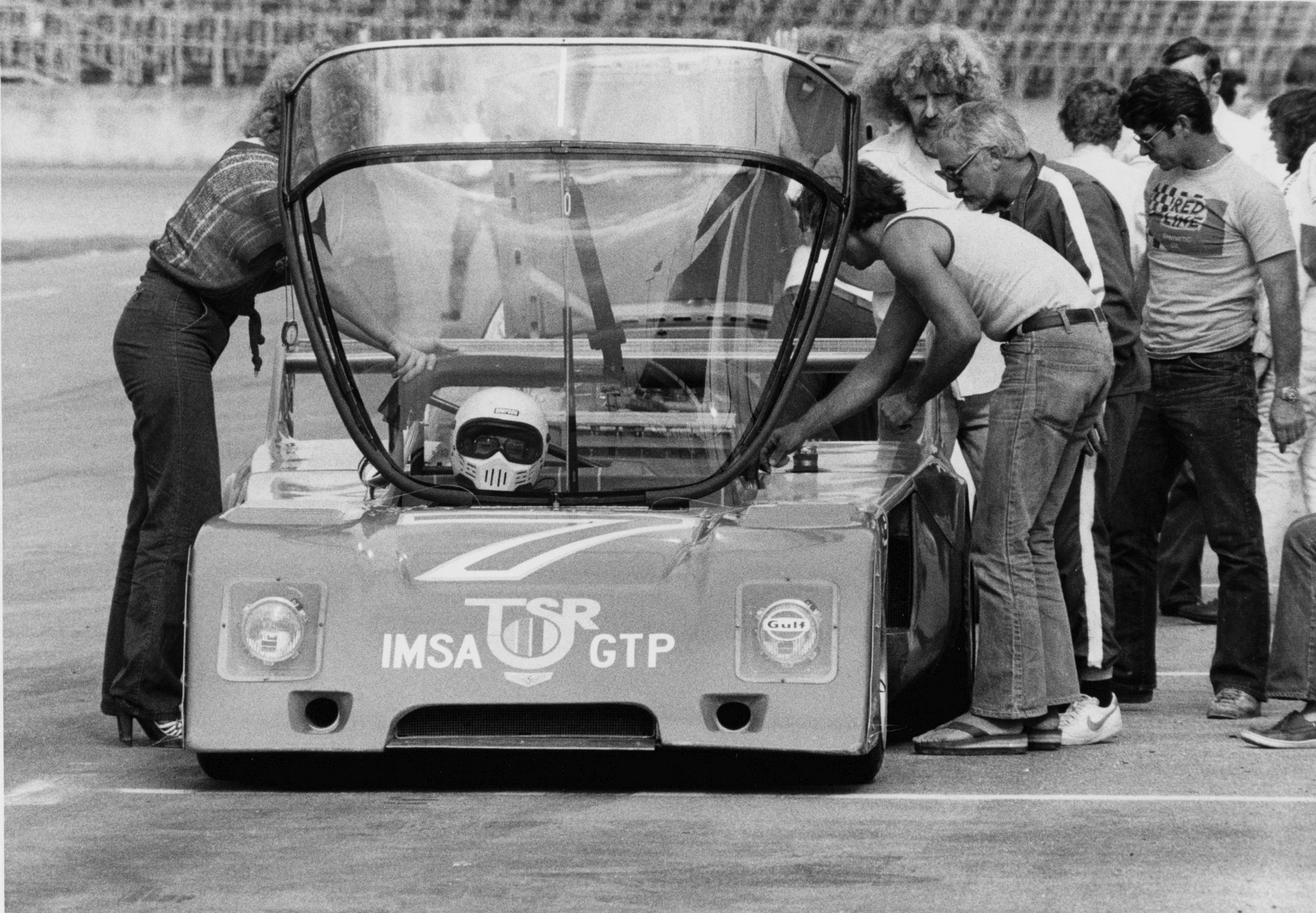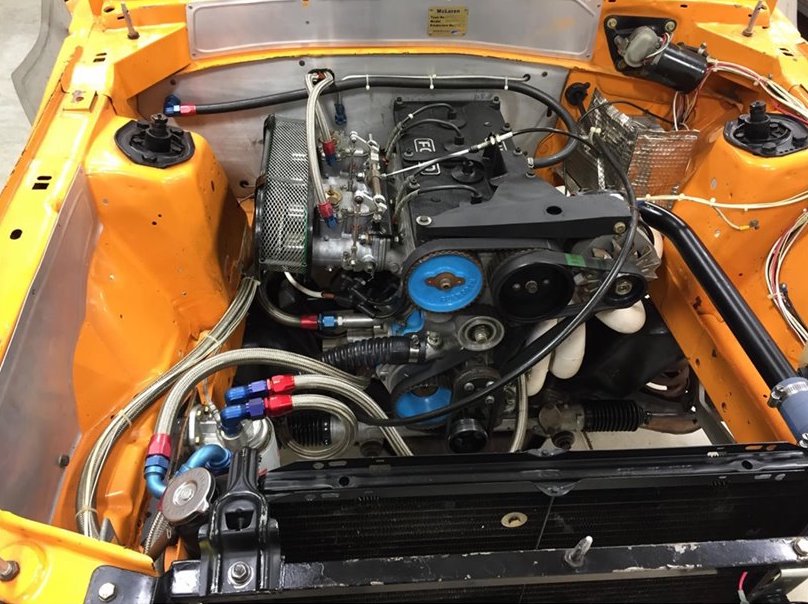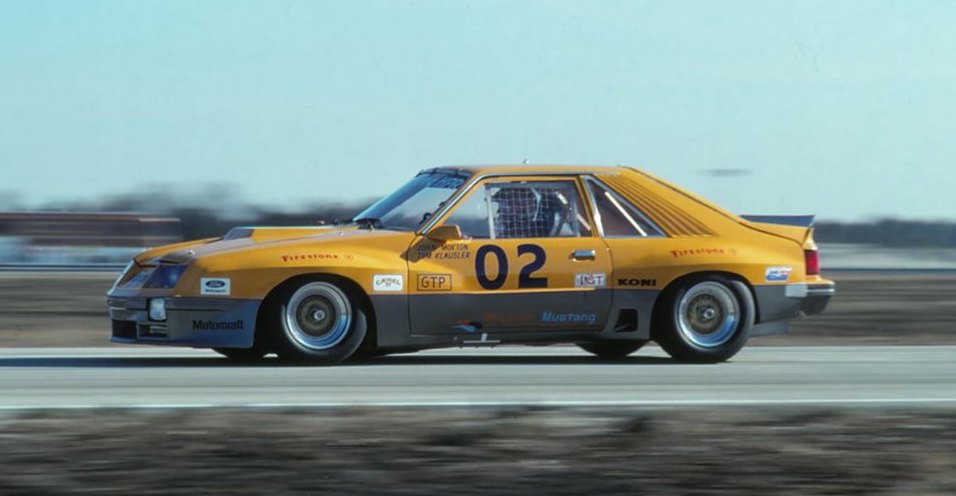I get asked often: “What was the first IMSA GTP car?” While most people think it was the BMW M1/C that showed up at Riverside in 1981, the truth is a bit more complicated. Yes, the BMW-March was the first prototype purpose-built to the new IMSA GTP rules published in 1980, but it was not the very first race car to run in the GTP class at a Camel GT event. But before we get to that story, first some background.
The BMW M1/C debuted at Riverside in April 1981 with David Hobbs driving. The March chassis featured a modern aluminum monocoque that was mated to a normally aspirated 3.5-liter BMW engine. The team would upgrade to a 2.0-liter turbocharged motor later in the year. Photo: Don Hodgdon
The Porsche 935 was dominating the 1979 IMSA season. Although the racing was close, IMSA president John Bishop worried that no one would continue to pay to see a Porsche parade. The All-American GT (AAGT) concept had diversified the fields for a while, but the cars were increasingly uncompetitive against the onslaught of 935s, even with more relaxed GTX rules that allowed for tube frames, wider wheels and essentially unlimited bodywork. BMW, Nissan, and Ford had all been represented in the GTX class during this time, but only as solo or two-car efforts; there were no customer cars. And the price of a new Porsche 935 was in excess of $200,000, a huge sum at the time. Privateers were getting priced out of the game.
One of two Inaltera “Le Mans GTP” class cars during the 24 Hours of Daytona in 1977. The privately designed and built machines became the inspiration for the IMSA GTP class rules developed in 1980. Photo: autosportsltd.com
“We were initially inspired by the Inaltera cars that showed up for the 1977 24 Hours of Daytona in a special LeMans GTP prototype class,” Bishop continued. “The cars were fast, good looking, and competitive. Best of all, they were built with off-the-shelf parts by Jean Rondeau, a private entrant in his garage, so we knew it could be done on a reasonable budget. Given the availability of a wide variety of reliable engines, our vision was to repeat a bit of the same formula that had made the AAGT class such a success. Our goal was to create a prototype class that could compete head-to-head with the 935s but at a lower price point.”
Unlike FIA Group C, which focused on a fuel consumption formula in its rules, IMSA GTP used a sliding scale of weight versus displacement to accept as many engines as possible and give entrants freedom to decide what chassis/power package would be most competitive. The initial GTP rules set a sliding scale for cars weighing 700kg, 800kg, and 900kg using corresponding production-based, stock block engines rated at 400bhp, 500bhp, or 600bhp. This provided a place for just about everything from 335bhp Mazda rotaries to 650bhp Detroit V8s to compete on a level playing field.
The technical rules for the IMSA GTP class were kept simple in an effort to attract as many different chassis and engine manufacturers as possible. John Bishop’s hand-drawn diagram of GTP dimensions became a fixture in the IMSA rule book. Source: IMSA
“Roger Bailey deserves much of the credit for the GTP rules,” remembered Bishop. “We developed a formula where basic pushrod engines would be our yardstick. Any sophistication in the engines would then create a handicap as they got bigger, so we added weight to keep things even. If an engine had four valves per cylinder, then it had to weigh something like 1.3 times the version with two valves. We took a lot of time and care to conscientiously come up with the fairest possible set of rules that also included turbocharged engines.”
With the new IMSA GTP rule book in place by early 1980, various efforts were started at Lola Cars, BMW-March and other manufacturers to design cars. But others were at work as well.
The very first car to run in the GTP class at an IMSA race was Jim Busby’s highly modified BMW M-1 at the 1980 Road Atlanta Camel GT race in April. As Busby tells it: “The March-BMW M-1 we raced at Daytona and Sebring that year was a disaster against the 935s. We were down on power and stuck with an unreliable package. So, we stuffed a Traco Engineering Chevrolet V8 in the thing and called it a March M-1 Chevy. We couldn’t run it as a BMW or an M-1 anymore; it certainly wasn’t homologated. We asked John Bishop about it ahead of time to make sure IMSA would let us run, and he winked and said it was fine. The car had a solid monocoque, two seats, and a large, American-made V8, so IMSA let us run it as a GTP car.”
The first car ever to be classified as “GTP” in an IMSA race was a Chevrolet-powered BMW M-1 entered by Jim Busby at Road Atlanta in 1980. Seen here at Riverside, the car turned out to be a beast to drive and was abandoned the next race weekend at Laguna Seca. Photo: Kurt Oblinger
The Busby March M-1 Chevy dropped out of both the Road Atlanta and Riverside rounds and turned out to be an unholy terror to drive. Busby had a major off at Laguna Seca in Saturday practice the week after Riverside. The car scared him so much that he threw in the towel and purchased a Porsche 935 from Gianpierro Moretti on the spot and raced it at Laguna the next day.
At the inaugural race of the 1981 season, the first prototype GTP car showed up for the 24 Hours of Daytona. Working largely in his own garage, longtime IMSA competitor Del Russo Taylor spent the better part of 1980 marrying a Chevron B19 chassis with an Alfa Romeo V8 engine. Since the Chevron was designed as an open cockpit sports prototype, he used a Corvette rear window as his mandatory front windscreen. To improve safety, a second roll bar was welded into the chassis next to the original. Hand-crafted sheet metal completed the makeshift roof. The result was less than aesthetic, but the car proved the fundamental point of the new rules. Here was a private entrant with ingenuity that assembled a fast prototype using readily available parts.
The first purpose-built GTP car entered in an IMSA event was Del Russo Taylor’s converted Chevron B-19 with an Alfa Romeo engine that first arrived at Daytona in January 1981. It would practice, but not compete in the race. Photo: IMSA Collection/International Motor Racing Research Center
At Daytona, the car was so slow, especially at night, that IMSA reluctantly told Taylor he couldn’t race. Taylor went home, worked some more, and turned up at Sebring six weeks later, where he finished 51st, completing just 72 laps. The car was called an Alfa Chevron for that race, but a Buick V6 was installed for subsequent events. Taylor ended up running the car for several years in the GTP class, at times with impressive speed, including a fifth-place at Mosport and a sixth at Lime Rock in 1982.
“The first time I really got a good look at that car was when we pulled into the paddock at Sears Point and I noticed what looked like the remains of a massive wreck laid out on the cement in a circle about 40 feet wide,” recalled Bishop. “Roger Bailey was with me and he said: “I sure hope no one got hurt in that wreck.” Turned out, it was simply Taylor’s car in pieces, complete with oil stains, in the middle of an engine change”
Just to confuse the matter further of which was the first IMSA GTP car, there was another entry that showed up at Daytona in 1981 that ran either in the GTP or GTX class depending on which story you believe. McLaren Engines in Michigan built a Ford Mustang fitted with a 2.0-liter normally aspirated Cosworth racing engine. Dubbed a “McLaren Mustang,” the car ran on shaved Firestone HPR street tires and contained a few other trick parts like a unique Halibrand Sprint Car quick-change differential and a live rear axle. Firestone sponsored the entry as part of an effort to promote their high-performance street tires. Ford Performance had nothing to do with the effort, according to then team manager Roger Bailey. The original intention was to race the car in the IMSA GTO class but with the non-production-based engine, the car wasn’t eligible for that class.
The McLaren Mustang’s Cosworth-based, four-cylinder engine. Photo: Ed Wheatley (current owner)
The McLaren Mustang at speed at Daytona in 1981. Note the hastily made “GTP” decal on the driver’s door along with the official “IMSA GT” decal. Photo: Ed Wheatley
This is where the two stories diverge. According to IMSA results, the car was listed as a GTX machine, running up against a host of Porsche 935s and tricked-out Corvettes. Yet the team was adamant that the car was run in GTP. The letters “GTP” were painted (or a decal was hastily created) on the driver and passenger side doors in what looked like an official IMSA font but were not put there by IMSA officials. The only official IMSA class sticker on the car was “IMSA GT” on the same doors.
It may be that the team realized that the car didn’t stand much of a chance in the GTX class and concocted a scheme to try to run the car run in GTP since there were no other cars running in GTP at Daytona in 1981. Doing so would guarantee a win for the team. It’s not clear whether IMSA officials noticed or decided to turn a blind eye to the scheme during the event but the car was eventually classified in the final results in “GTX.” The car ran well in the race but an engine change during the night relegated drivers John Morton and Tom Klauser to a 21st-place finish (8th in GTX). After the event, Ford Performance, who had been absent from the whole project beforehand, touted a “win” in GTP in their marketing materials and postcards.
The McLaren Mustang was entered in just one other race at the 12 Hours of Sebring a few weeks later, where it finished 40th after the rear axle seized out on the track, necessitating a replacement rear-end change by driver Tom Klauser and a mechanic who ran out to the car with spare parts once donning a spare John Morton racing suit to skirt the rules about no mechanics touching race cars out on course. After Sebring, the program was abandoned and the car never raced in IMSA again. It is now owned by Ed Wheatley and being restored for vintage racing.
So the answer to the question: “What was the first IMSA GTP car?” is not a simple one but it’s a most interesting topic.
-Mitch Bishop is the son of IMSA founder John Bishop and co-author of “IMSA 1969-1989,” available wherever great books are sold.


